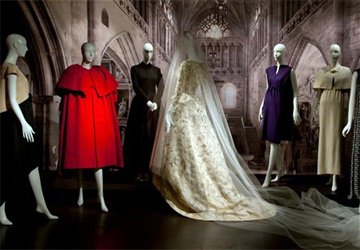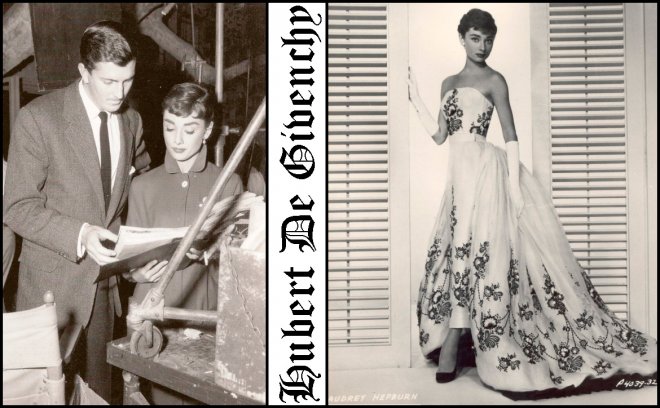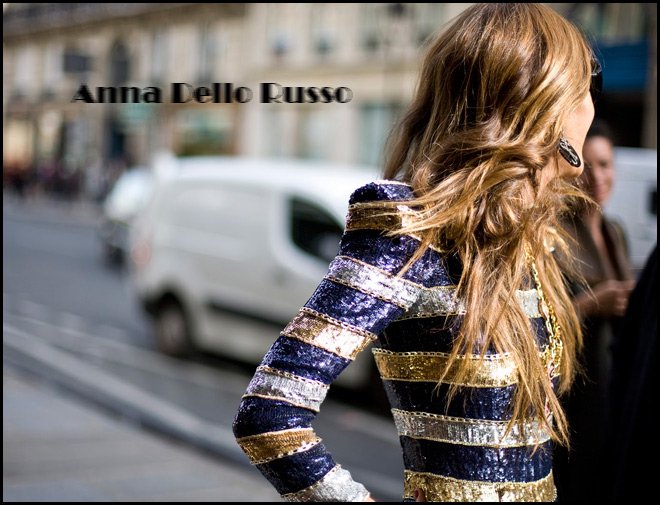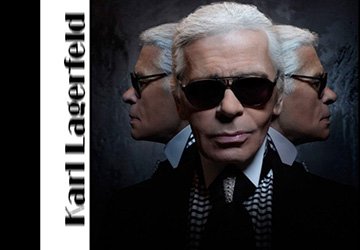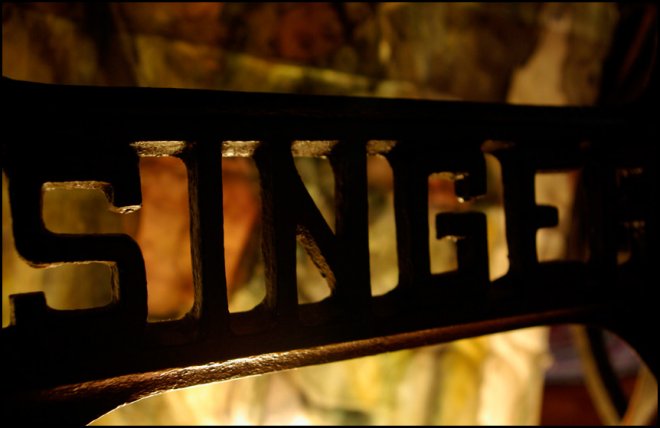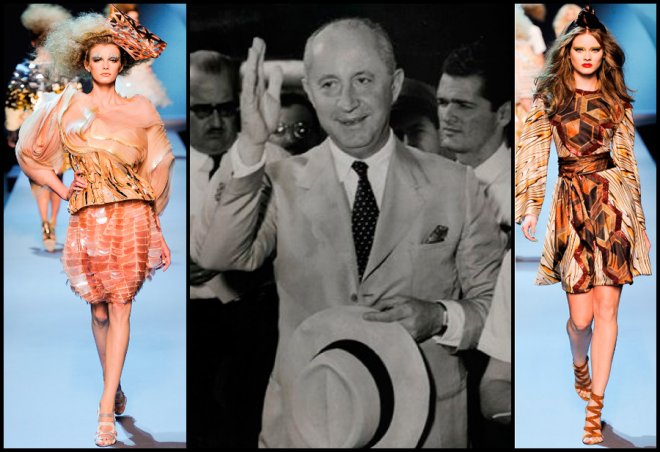Fashion history
The great designer Cristobal Balenciaga
Crist? Bal Balenciaga Eizaguirre is a Spanish fashion designer.
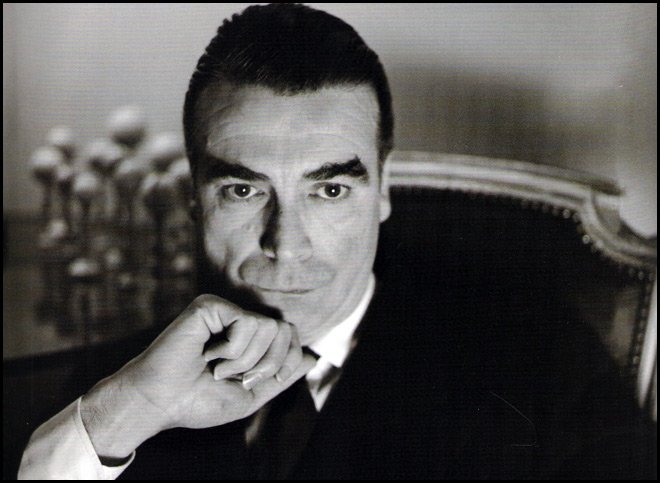
Cristobal Balenciaga was born on January 21 in 1895 in the small town of Getaria, Spain.
His father was a fisherman and his mother was a seamstress. As a little boy, he helped his mother in her hard work. He took his work so seriously that at the age of 12-13 he was cutting and sewing like a real tailor, and by the age of 20 he had already opened his atelier in San Sebastian, and five years later there was a Fashion House there. True, this was not without patronage, which was provided by the Marquis de Casa - Torres. The story of their first meeting is as follows: when little Balenciaga took the liberty of making some remarks to the eminent lady about the style and manner of dressing, the marquise saw in him the talent of the future couturier. With her support, he received an education. And then there were fashion houses in Madrid and Barcelona. Soon the royal family was among his clients. Perhaps since then, seeing the luxury and rich fabrics of the royal court, he will forever have a love for expensive fabrics.
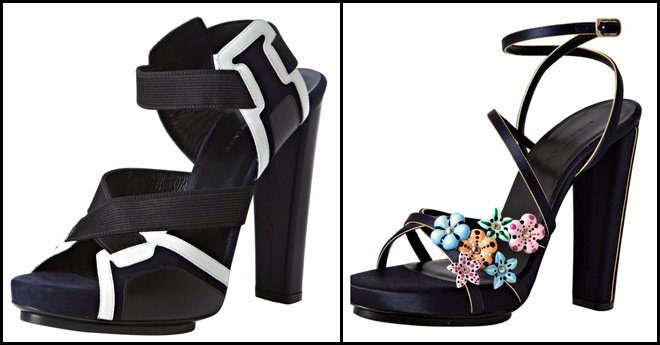
1937 - the war in Spain. Cristobal Balenciaga abandons his businesses in Spain and moves to Paris. Here he opens the House of Models, which literally immediately becomes a success.
His clients were the Queen of Spain, Queen of Belgium, Princess of Monaco, Mona von Bismarck, Pauline de Rothschild, Gloria Guinness, Duchess of Windsor, Barbara Houghton, Marlene Dietrich, Ingrid Bergman, Jacqueline Kennedy... Their clothes were of a high standard. These women were then included in the list of those who dressed the best, the most elegant of all. Balenciaga's models were uniquely handcrafted with embroidery and lace.
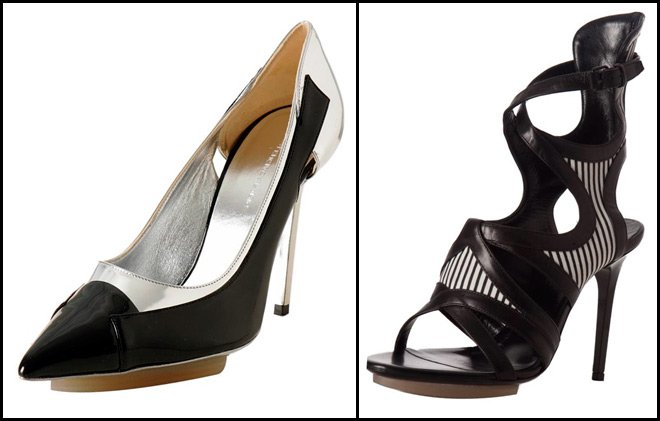
All of his models were excellent not only for business everyday life, but also for ceremonial events. Perfection and elegance were emphasized by huge flounces, capes, trains, draperies. All these details and elements are consonant with the canvases of his compatriots Velazquez and Goya, Spanish traditions are felt in his models, the spirit of his homeland is severity and restraint.
Balenciaga believed that a woman is more attractive for her mysteriousness, wearing a dress that should only hint at what is hidden under it, and not show it off. He always revealed the plastic advantages of the material, almost never used fabrics with a pattern, but paid attention to texture, often using contrasting materials in one model (this is what is now so often used by modern designers). Such fabrics as ratin, tweed, boucle, velvet, matting, taffeta, moire, wrinkled fabrics have come into fashion.
In the collections of Balenciaga, the main colors of the fabric were always black, which was complemented by white, brown and dark green, sometimes black was complemented by red or purple, occasionally there were beige, pink and yellow fabrics. Balenciaga preferred jewelry made of pearls. Evening dresses were luxurious, they were complemented by hats with huge brims, which were decorated with feathers, berets, and hoods.
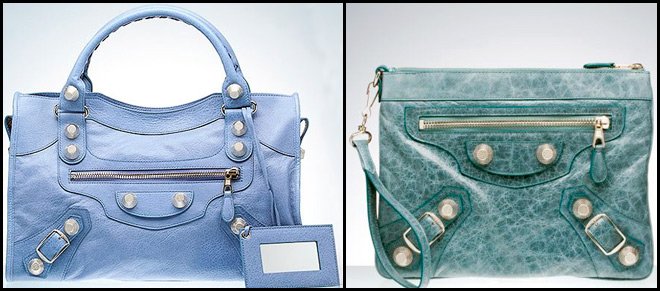
Balensyaga owns inventions: collars that visually lengthen the neck, coats, trapeze dresses, “flying” short coats without buttons and collars, loose jackets with hoods, box hats, and three-quarter sleeves.
And also in 1945, Balenciaga invented a cut with square shoulders, fitted bodices, in 1951 - clothes with an open neck and shoulders, that is, blouses without a collar, in 1960 - a dress - a bag, a dress - a balloon, a dress - a shirt, a dress - tunic.
And all this is a few percent of those images that Balenciaga created, and which designers still use.
Each creation of Balenciaga was a work of art, he did not seek to sew for mass consumption, he was more attracted to creating perfection.And, as you know, not everyone can use this, but only a select few and fairly rich people. But Balenciaga was not embarrassed by the fact that his products would be counted in units and, therefore, not everyone would know about him. He strove for creativity, for the creation of masterpieces. In each of his collections, he created two or three models that he sewed with his own hands, from cut to finish, and very often the products were handmade. Having visited America and saw how mass sewing was set completely on automatic, he realized that this was not for him. It was manual labor that attracted Balenciaga and was most valued by him. He was called the great couturier, designer of designers, Cristobal the Magnificent.
He was awarded the Order of the Legion of Honor in 1958. This Spaniard was respected by his colleagues in a way that has never been enjoyed by anyone before or since. Many now do not know his name, just as they do not know what new images he created, and what ideas still live on. Of course, in the world of fashion, among designers and fashion designers, his work is studied, his ideas are not only used now, but new ones are being created on their basis.
His cutting technique is simple and refined - the sleeves and collar were cut so that with every movement they did not lose their perfection. His models resembled sculptures (as he himself said, a couturier should be a form sculptor). Balenciaga was equally adept at cutting with both hands. He skillfully used all the seams, knew the secrets of the correct ironing. When Balenciaga himself was cutting, the fabric for the model could be ordered with an accuracy of the centimeter.
For him, the client's desire was the most significant. He was always kind to women who had some flaws in their figure, and considered it his duty to hide these flaws, to make every woman feel beautiful. When the famous Marlene Dietrich was asked which of the couturiers she considers the most significant, she was the first to name Balenciaga: “He is an extraordinary cutter ... there is something desperate in all the great creations of Balenciaga. Very Spanish…. Internal fury, beauty ... ". His dresses were smuggled out of Paris during the war.
After the war, in 1947, everyone was talking about the new couturier. Christiane Diorand in fact Balenciaga was the real innovator. Perhaps this was the reason for his depression, succumbing to which, in 1948 he decided to close his fashion house. However, Christian Dior never stopped admiring Balenciaga and convinced him to continue working. Photographer Cecil Beaton said very rightly about him: "He founded the future of fashion."
In the 60s, Balenciaga more and more often comes to close his fashion house. He said that fashion ceases to be elegant, it becomes vulgar, designers stop creating fashion, the street begins to dictate fashion to designers. He preferred to create the most elegant and sophisticated models, models for the elite. It was not snobbery, he just considered high fashion to be art, so he never counted on mass tailoring.
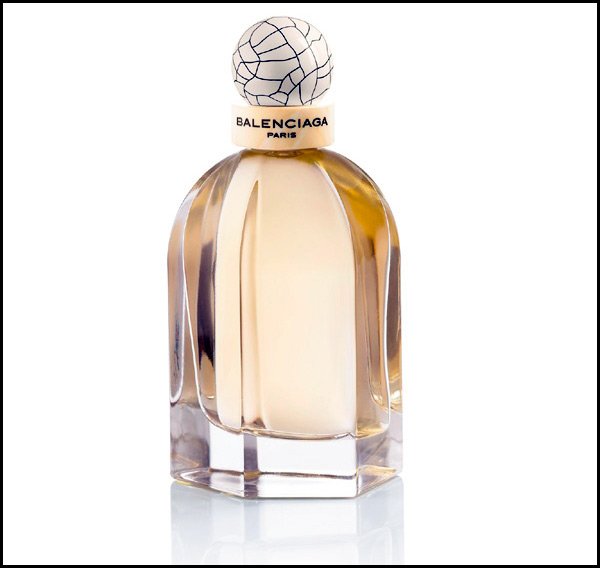
And when in 1968 Balenciaga decided to close all his factories, there was a stir among the women who were his former clients - some cried like Mona von Bismarck, not knowing who she would dress from now, others began to order clothes for themselves, for many years to come. This is why Balenciaga's models are valuable in that they have a feature - to be always in fashion. One way or another, the women felt “naked”.
In 1968 Balenciaga closed all his factories, leaving only the perfume line, in which he released his first perfume "Le Dix" in 1947, "La Fuite des heures" in 1949, and "Quadrille" in 1955. He left for his homeland, Spain, where in March 1972. left this world.
The great Spaniard became the great French couturier.
Balenciaga was a very secretive man, he liked to work in silence, and all his assistants guessed his desires by gestures and movements. When the demonstration of his collections took place, he never appeared in front of the public, but watched the show through the curtain. He did not like to give interviews, very rarely any of the journalists could make him talk, did not like to be photographed and led a secluded life.
Many couturiers call him their teacher, such as André Courrej and Emanuel Ungaro, Hubert de Givenchy and Christian Dior.
After the death of Balenciaga until 1997, the leading designers of the orphaned House were unable to regain their former glory. And only in 1997, when Nicolas Ghesquière was appointed, the level of design skills was restored. The house began to come to life, people started talking about it, and sales increased, which was facilitated by the acquisition of the Gucci Group.
"A couturier should be an architect of a cut, a painter of color, a sculptor of form, a musician of harmony and a philosopher of style," said the great Spanish couturier, who was born into a poor family of fisherman and dressmaker, and dressed the richest, most beautiful and titled
women of their time.
Even colleagues spoke of him as an indisputable authority in the fashion world, a genius who raised the art of cutting and sewing to the highest level.
“He is the only couturier in the literal sense of the word - all other designers,” said Coco Chanel.
A similar publication on the theme of the great couturiers - Elsa Schiaparelli
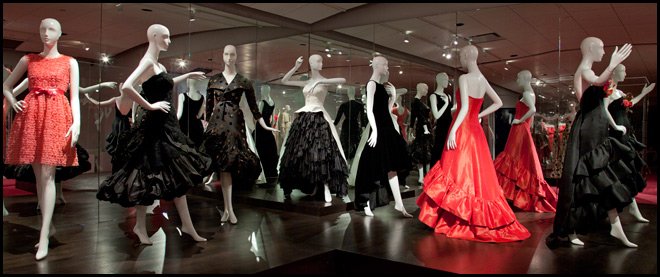
The great designer Cristobal Balenciaga.
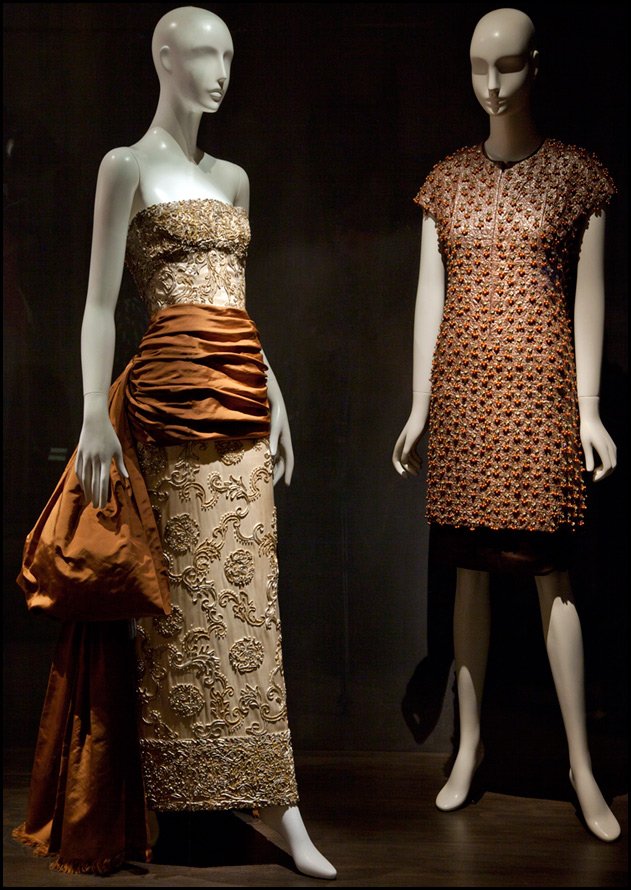
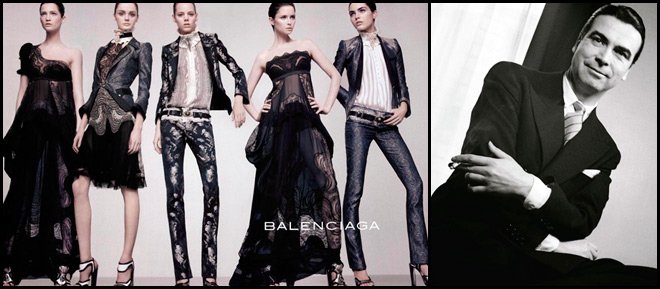
Comments and Reviews
Add a comment
Rating news
Shades of clothing that make women look younger
What shades of hair make women younger: rules and photos
Funny wedding dresses - photos and ideas
12 most expensive down jackets for the winter
How to look 25 at 40: tips from supermodels
Beautiful schoolgirls
Anti-aging haircuts and hairstyles for women
Fashionable skirts for autumn and winter
Fashionable women's trousers for the cold season
Fashionable and stylish sandals for summer 2024
Spring-summer 2024
 Fashionable dresses and tops with thin spaghetti straps
Fashionable dresses and tops with thin spaghetti straps
 Bandana tops: how to wear stylishly and beautifully
Bandana tops: how to wear stylishly and beautifully
 How to put together the perfect men's wardrobe for the summer
How to put together the perfect men's wardrobe for the summer
 Fashionable shorts for spring-summer 2024
Fashionable shorts for spring-summer 2024
 Fashionable skirts for spring-summer 2024: a guide to online shopping
Fashionable skirts for spring-summer 2024: a guide to online shopping
 The most fashionable dresses spring-summer 2024: styles and colors
The most fashionable dresses spring-summer 2024: styles and colors
 Fashionable total look 2024: ideas of images and trends
Fashionable total look 2024: ideas of images and trends
